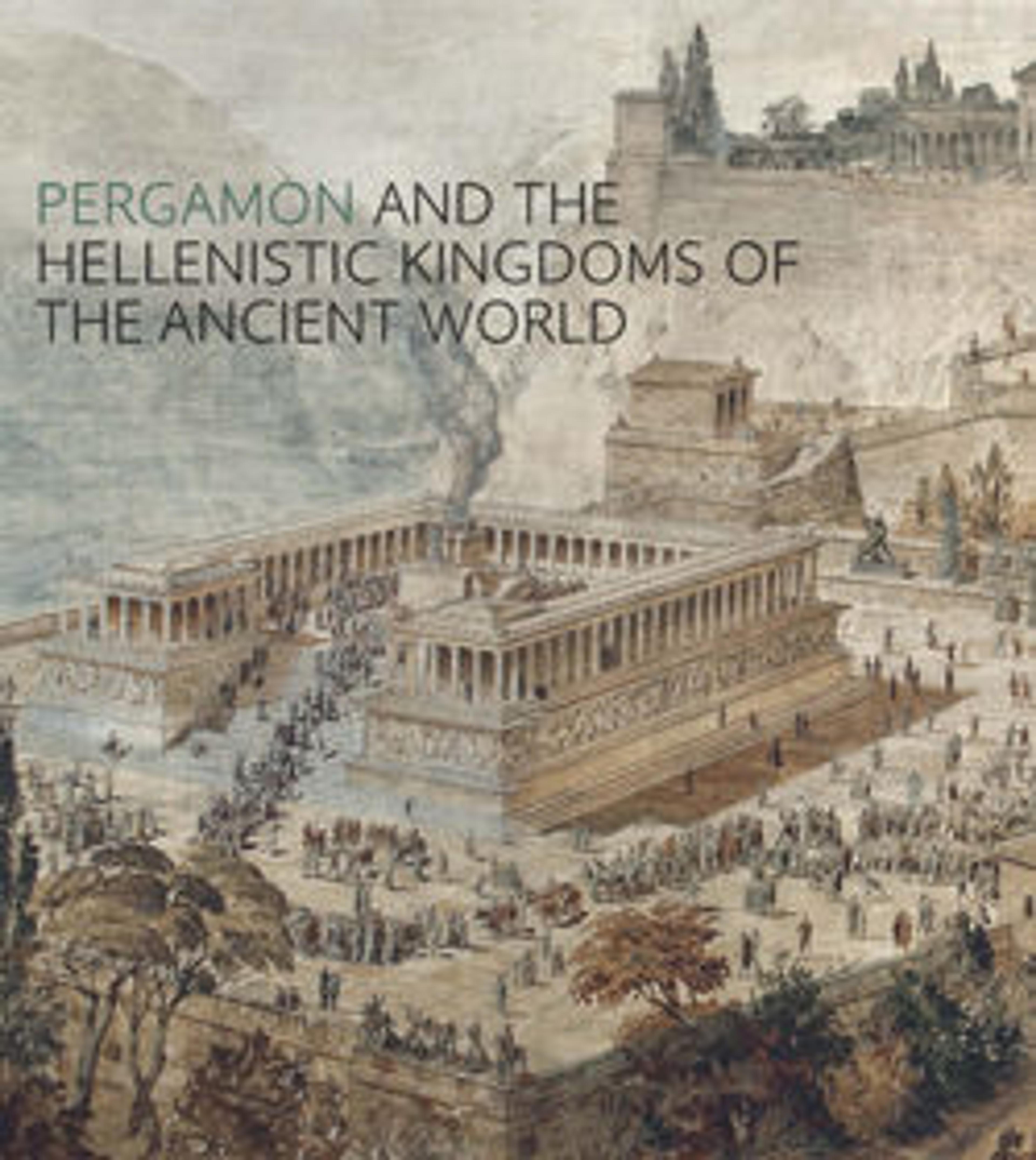Papyrus fragment with lines from Homer's Odyssey
For the ancient Greeks, papyrus, a paper made from the stalks of the papyrus plant, was the preferred material on which to record permanent writings, such as a marriage contract or, as here, a book. Writing on papyrus was done with a stylus, such as a sharpened reed with a split point or a bronze pen with nib, and ink, usually made of lampblack in water.
This is the first early Ptolemaic fragment of the Odyssey ever discovered. It contains three lines from Book 20 that do not occur in the standard text preserved today and is a physical testimony to the fact that local variations of this famous work existed in the third century B.C.
The most important repository of Homeric texts in the Hellenistic world was at the library of Alexandria, Egypt, the first comprehensive public library ever built, which was founded by the Ptolemaic kings in the early third century B.C. As Homer was the poet par excellence, his work was central to the library's collections, which contained copies of the Homeric poems from many different city-states, including Chios, Argos, and Sinope. One of the first endeavors of the Alexandrian scholars was to establish a standard text for these most cherished works of Greek literature.
This is the first early Ptolemaic fragment of the Odyssey ever discovered. It contains three lines from Book 20 that do not occur in the standard text preserved today and is a physical testimony to the fact that local variations of this famous work existed in the third century B.C.
The most important repository of Homeric texts in the Hellenistic world was at the library of Alexandria, Egypt, the first comprehensive public library ever built, which was founded by the Ptolemaic kings in the early third century B.C. As Homer was the poet par excellence, his work was central to the library's collections, which contained copies of the Homeric poems from many different city-states, including Chios, Argos, and Sinope. One of the first endeavors of the Alexandrian scholars was to establish a standard text for these most cherished works of Greek literature.
Artwork Details
- Title: Papyrus fragment with lines from Homer's Odyssey
- Period: Early Hellenistic
- Date: ca. 285–250 BCE
- Culture: Greek, Ptolemaic
- Medium: Papyrus
- Dimensions: 7 1/2 in. (19.1 cm)
- Classification: Miscellaneous-Papyrus
- Credit Line: Gift of Egypt Exploration Fund, 1909
- Object Number: 09.182.50
- Curatorial Department: Greek and Roman Art
More Artwork
Research Resources
The Met provides unparalleled resources for research and welcomes an international community of students and scholars. The Met's Open Access API is where creators and researchers can connect to the The Met collection. Open Access data and public domain images are available for unrestricted commercial and noncommercial use without permission or fee.
To request images under copyright and other restrictions, please use this Image Request form.
Feedback
We continue to research and examine historical and cultural context for objects in The Met collection. If you have comments or questions about this object record, please complete and submit this form. The Museum looks forward to receiving your comments.
